The recent alpha test for Call of Duty: Black Ops Cold War on the PS4 revealed a game in dire need of an identity. It still plays like some of the better games in the storied series. Nevertheless, its various ideas and gameplay mechanics pull from every corner of the franchise, settling on none of them as a foundation for the broader experience.
Everything in Black Ops Cold War is a strange hybrid of what’s come before. The class system, the killstreaks and scorestreaks, gun handling, map design — everything is a mishmash of past installments with no clear vision of a way forward.
Cold War is a perfectly enjoyable game, to be sure, and more fun for me than last year’s Modern Warfare. However, its hodgepodge nature concerns me for its long-term viability.
The Nuts and Bolts of Gameplay
At its core, Black Ops Cold War is still very much a Call of Duty game. The gunplay is tight, the movement is satisfying, the streaks are powerful, and the maps are able to keep the action constant. It’s hard to find anything that doesn’t work as intended, but it’s equally difficult to discover something that stands out.
The gunplay, for one, is perfectly functional and keeps to the Treyarch tradition of a slower time to kill and a need for more consistent aim. All of the weapons have their quirks and, despite a few standouts, are reasonably balanced. You won’t be insta-melting people from across the map with a submachine gun, for instance.
Up close, it’s no contest. Unless you catch your opponent off guard, as of the alpha, any of the SMGs will dominate to early mid-range. ARs take over at slightly longer distances, and Tactical Rifles — burst and single-shot weapons — compete at those ranges, as well. Snipers will be receiving significant tuning before the beta, which is welcome as their alpha variations are incredibly powerful.
Light machine guns and shotguns are the odd groups out, as most engagements during the alpha called for faster-moving, more reliable weaponry. You could make them work; it just took adjustment.
If the gunplay is traditional Call of Duty fare, the Create-a-Class system is where Cold War starts to hybridize. There’s no Pick 10, a hallmark of Treyarch games for three straight entries. Instead, they smashed it and the Gunsmith system from Modern Warfare 2019 into one odd amalgam that works but is awkward at the best of times.
Wildcards are back, and you can use them to have up to eight attachments on your gun. Or you can have six perks in any combination, or two primary weapons, or multiple grenades.
There are over 50 attachments per weapon, all with their pros and cons, and you get access to several “field upgrades” like a Jammer or Proximity Mines that recharge over time. It’s kind of a mess, but it’s a mess that works about as well as it can.
If you were hoping for a familiar return to scorestreaks with Treyarch at the helm, you’d be disappointed there, too. Every action you take does still reward score toward your streak, but because they no longer reset on death, their point values are much, much higher.
Usually, that wouldn’t be an issue, but in Cold War, the only way to reliably achieve the highest streaks is to get multiple kills to stack a point bonus. Objective play is incentivized only because it gives a pittance of score: killing is how you progress up the ladder.
It’s a combination of every streak system Call of Duty has ever seen: streaks that don’t reset like Modern Warfare 3’s support variation and builds primarily through kills but gains a little from objective play. Again, kind of a mess.
Maps, Maps, Maps
Looking for a return to standard three-lane maps? Nope, not in Black Ops Cold War.
Map design pays lip service to the three-lane standard, but ditches many of the fundamentals that made older Call of Duty maps flow so well. The asymmetry from Modern Warfare 2019 is back, but very little of its verticality returns.
The only map with any significant ups or downs is a desert map called Satellite, with its valleys and positions looking down on the rest of the area. The other 6v6 maps in the alpha, Miami and Moscow, are mostly flat with the occasional power position at a slightly higher elevation.
Despite the alterations to design philosophy, the maps do flow rather well, especially considering how much larger they are than previous entries. Cold War takes cues from Call of Duty 4, constraining troop movement in buildings and hallways to make up for the distance players have to cover between ends of a map. Miami’s closest analog is Crossfire from CoD4, for instance, not any “classic Treyarch” design.
And there’s nothing “classic Treyarch” about the 12v12 maps in the new Combined Arms Domination mode. Both maps seem more like experiments than well-built play spaces, with Armada taking place in the middle of the ocean on three separate warships. The snow map, called Crossroads, brings tanks back into play, and it’s downright huge.
Neither plays remarkably well, as the spawn system still needs work. Both maps are trying to take notes from the likes of Battlefield without the team or point spawning mechanics that make bigger maps work. As it was in the alpha, no matter how many points a team owned, they would spawn at the same location over and over again.
Thankfully, spawn traps were uncommon, but it was frustrating to hold four flags and have to run for 45 seconds only to be shot in the back and have to repeat the journey.
Aesthetics and Technical Details
You’re likely to be disappointed (again) with the graphics of Black Ops Cold War if you were expecting something on par with the technical achievement of Modern Warfare. Models, textures, animations — it’s all a downgrade, though not by much.
In the absence of graphical horsepower, Cold War goes for an 80’s action movie aesthetic, mixing the neon streets of Miami with the propaganda-laden halls of a Moscow bus station. Color and variations on theme play a much more significant role in 2020’s Call of Duty than in 2019’s. Given a choice between the two, I’d rather have a broader focus on brightness than the same shades of washed-out grey and brown.
Character and world animations are also less realistic and detailed than Modern Warfare, but they all have something last year’s game sorely missed: style.
Sure, it might not be realistic to add a flourish when reloading a gun or detonating C4, but Call of Duty isn’t the game for all that. Classic entries in the series like Modern Warfare 2 and CoD4 eschew what a reload should look like in favor of the Rule of Cool, where what looks good trumps what’s true.
Treyarch has always understood the need for flashiness over function, and while that’s downplayed a little here, it’s still present.
There’s sadly not as much going for Cold War on its back end. The hit detection, for one thing, has always been spotty in Treyarch games, but it felt way off in the alpha. I could get hit markers by aiming both at my enemy and behind them if they were moving, and the number of times where I put enough bullets into somebody’s back only to lose the fight anyway was too high to count, gitting gud notwithstanding.
There were desync issues as well. What I would see and what my enemies would see were often on two different planets. Console remains peer to peer, and there needs to be some serious networking work done to tighten up connections between clients.
Perhaps most troubling of all was the performance and aim assist. I was playing on a standard PS4, and in heated gunfights or with a lot of action on screen, the framerate would start to chug something fierce. Textures and high-res models also took time to load in, sometimes staying low-poly for much longer than they should have any reason to.
The game also felt clunky to control, especially regarding aiming. The aim assist in Cold War felt egregiously strong. The area where it kicked in was also much larger than the player model, and my aim would sometimes be pulled above someone’s head rather than actually on their body.
Final Thoughts
I’m of two minds about Call of Duty Black Ops Cold War, its overly long name notwithstanding. On the one hand, I enjoyed the core gameplay, and I liked the way it looked, sounded, and felt moment to moment. On the other, I wanted there to be more than just a rehashing and re-smashing of old or borrowed ideas.
Treyarch is in an impossible scenario, what with a new console generation to design for, being forced to take over development mid-swing, and the ongoing need to work from home. So I get why they had to cut corners, especially on current-gen (because of course, we haven’t played next-gen yet). It doesn’t make the product we got our hands on feel any more satisfying.
Based on the alpha, if I were to rate Cold War on a sliding scale of Call of Duty games I liked, I’d put it squarely in the middle. It has nothing that made the worst games in the series bad, but nothing that elevates it to the best entries.
Time will tell if new maps, modes, changes, and optimizations can take the game higher. For now, I can confidently say that this game will admirably fill your need for arcadey, shooty fun, but it will do little to knock your socks off.

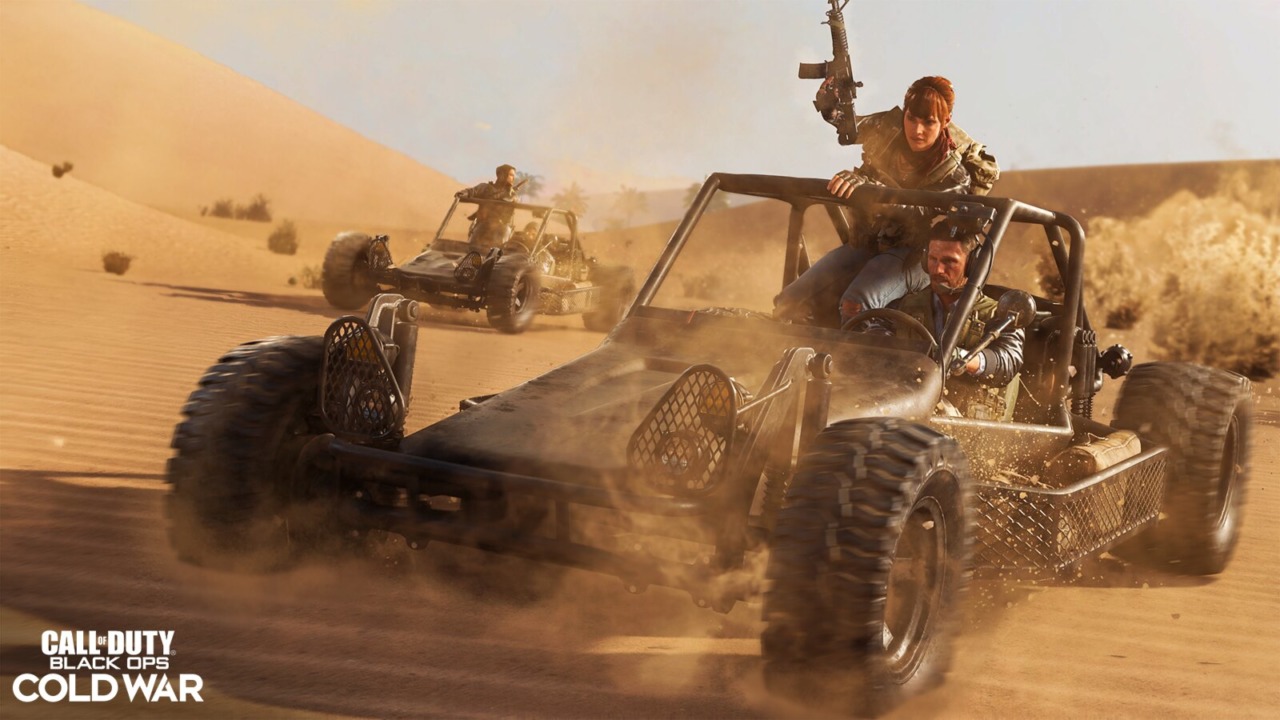
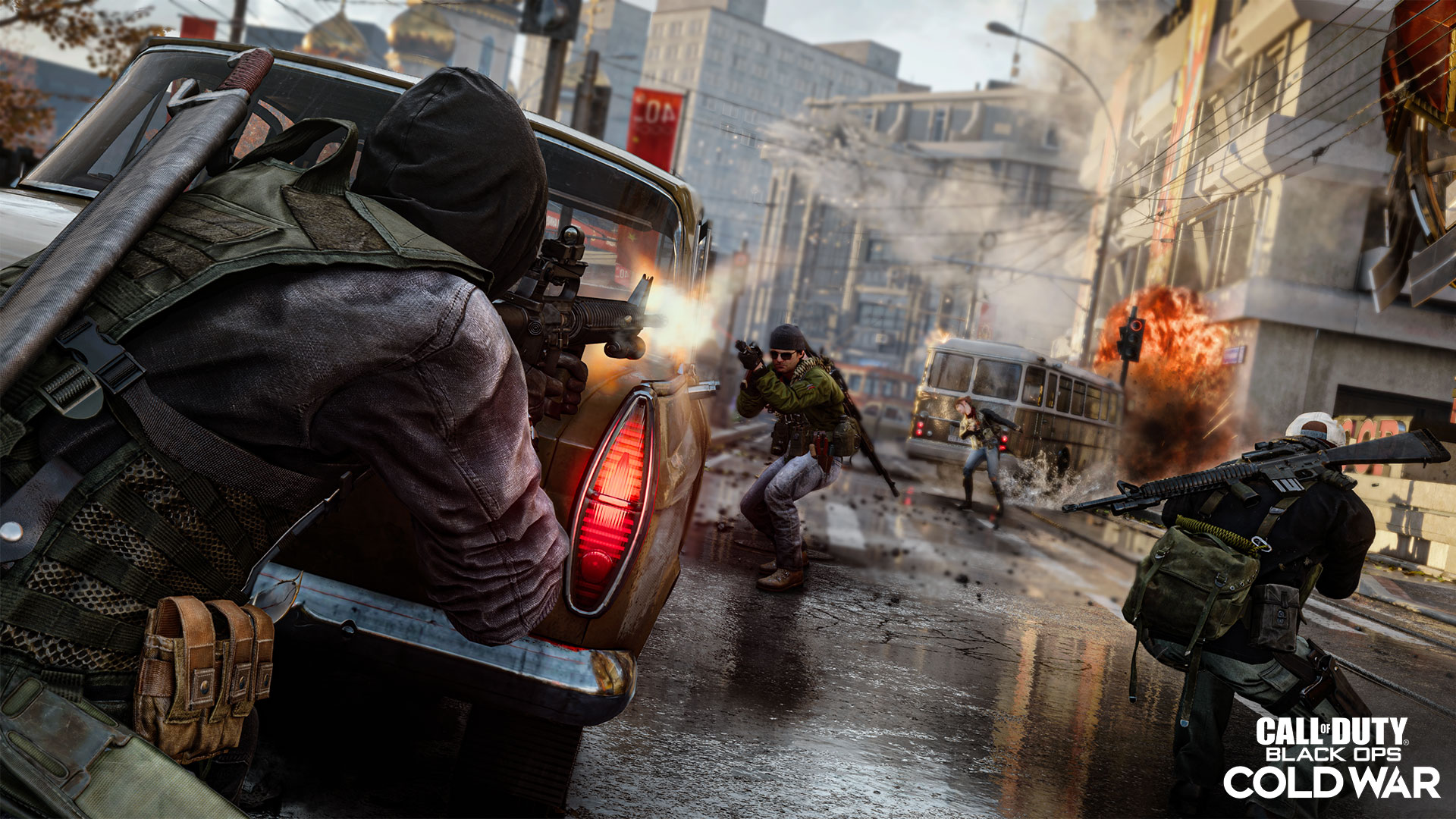
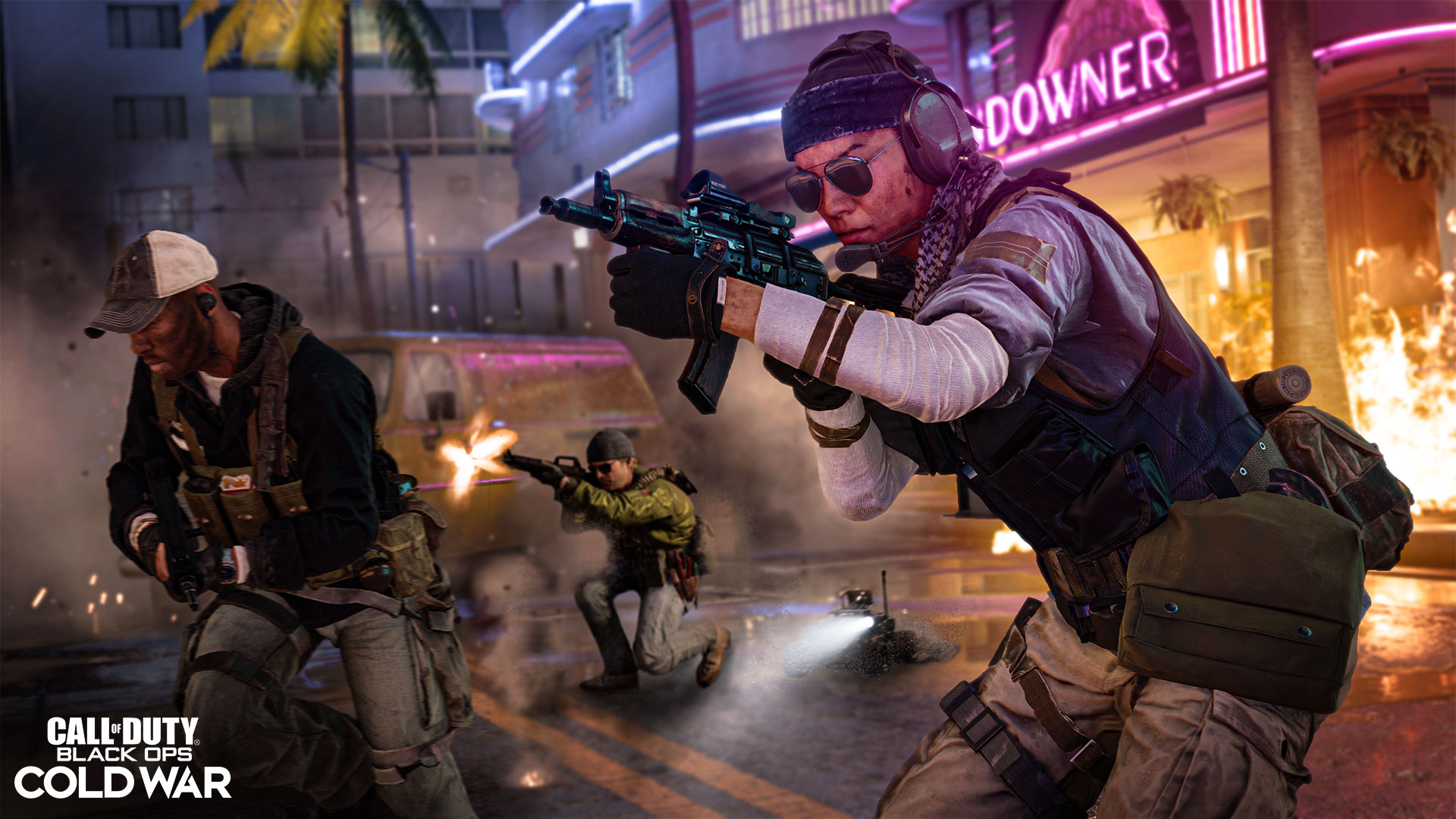
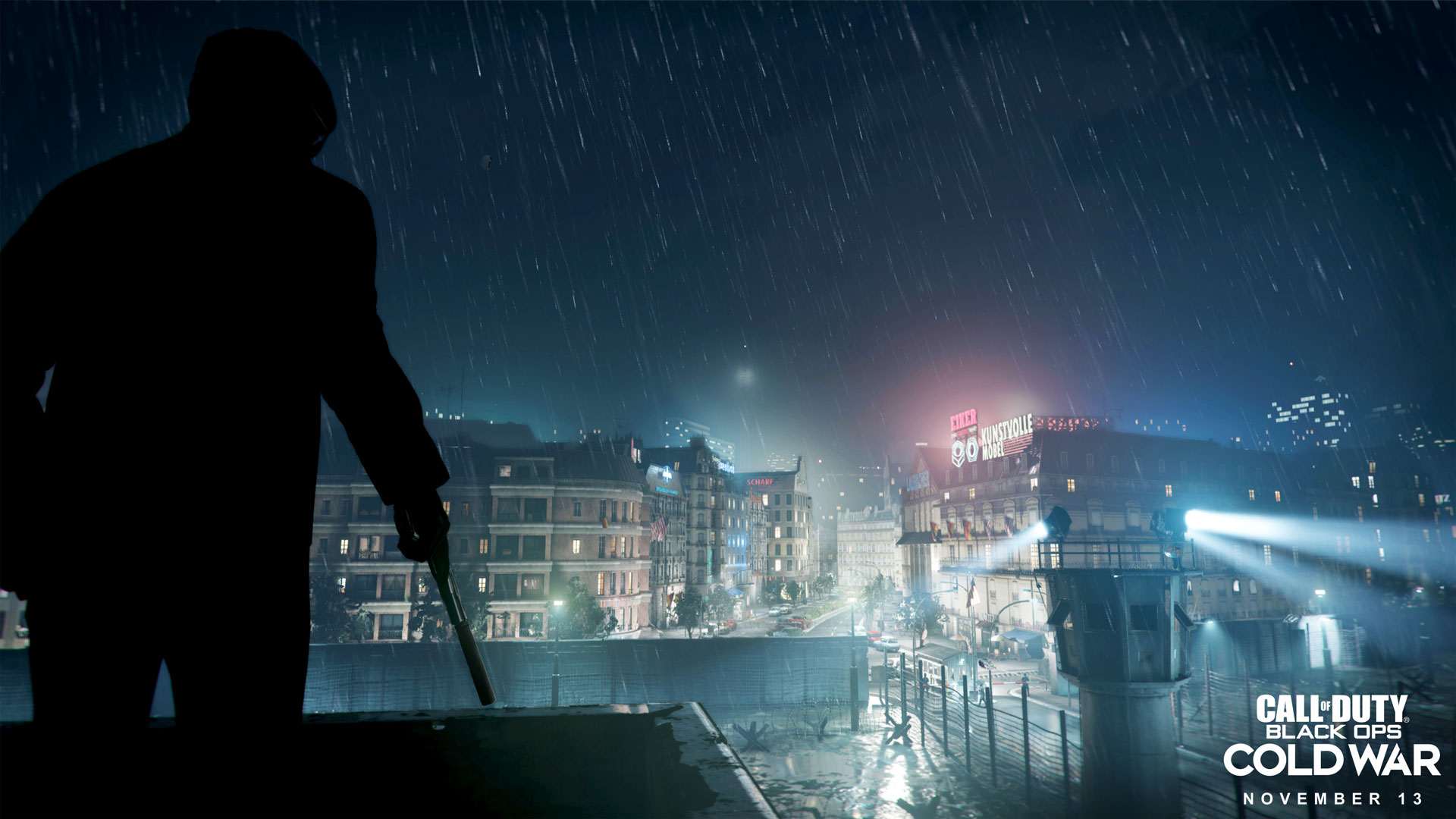
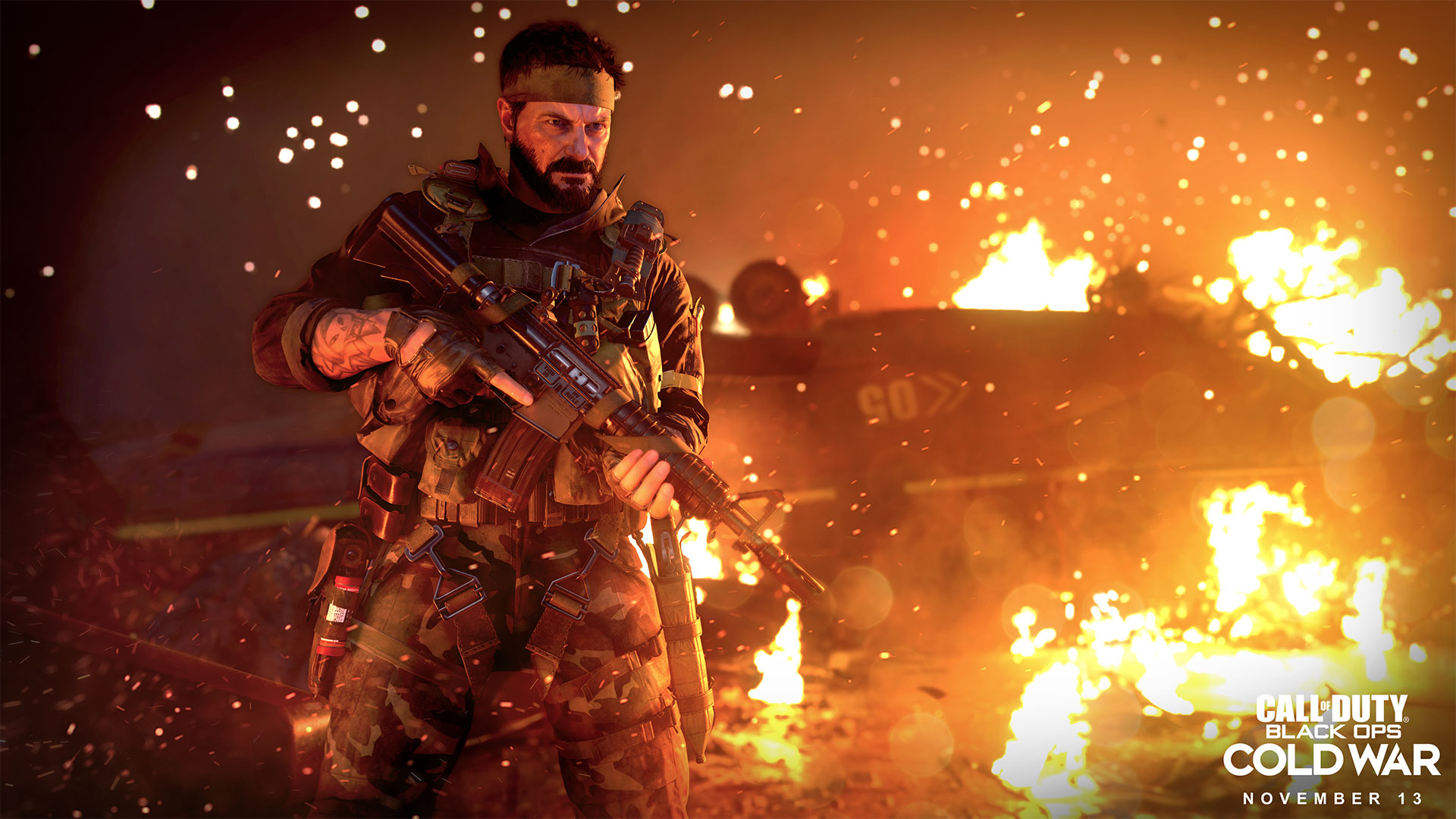





Published: Sep 21, 2020 01:58 pm